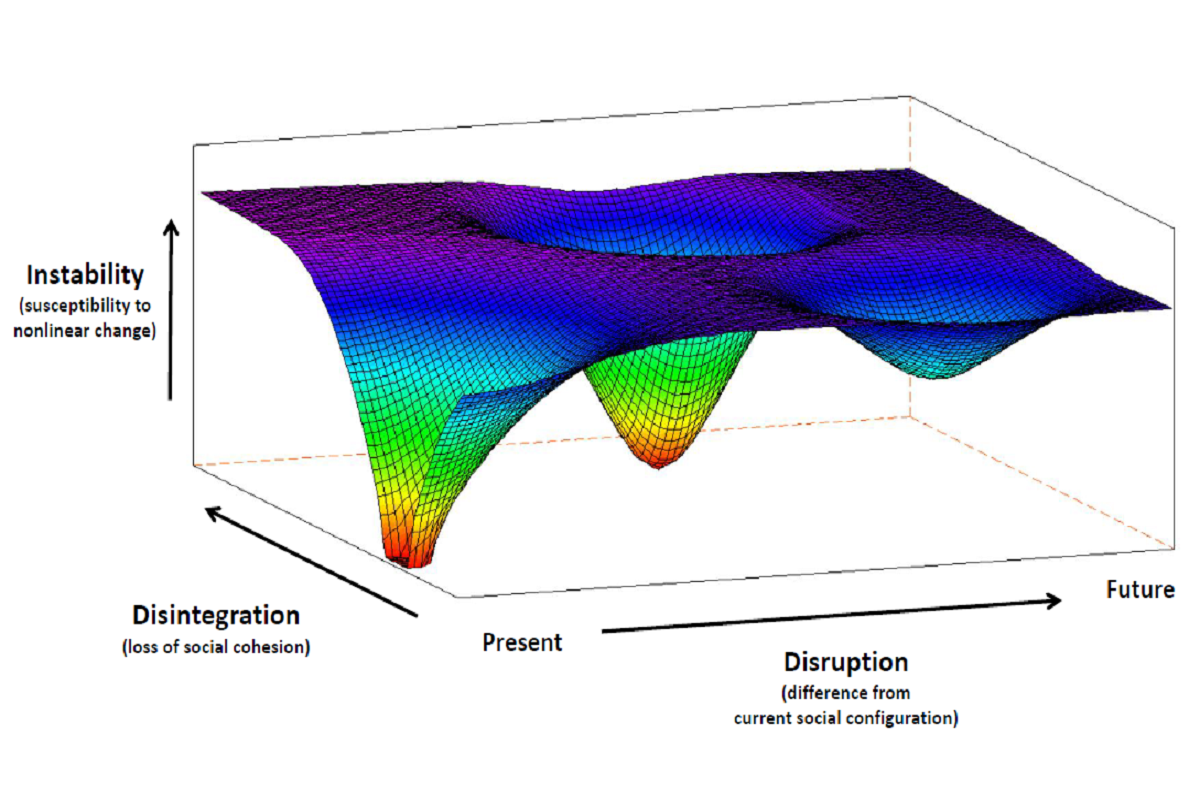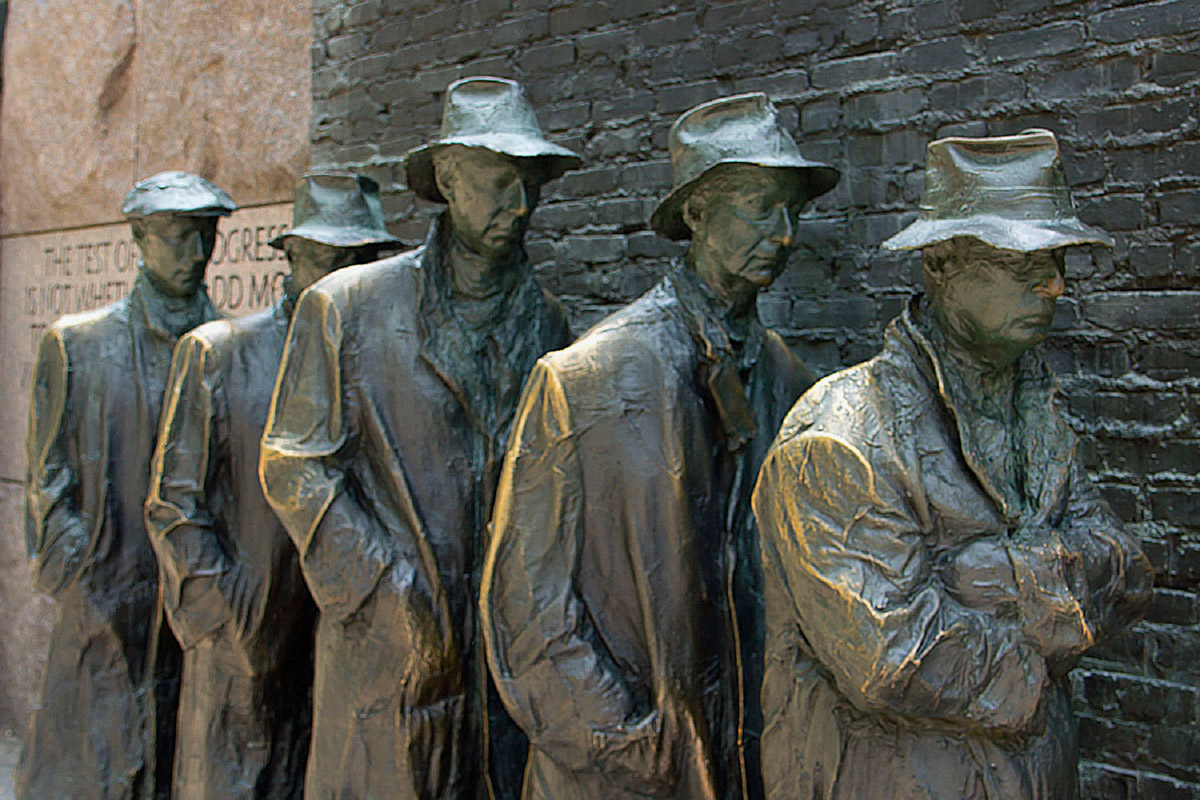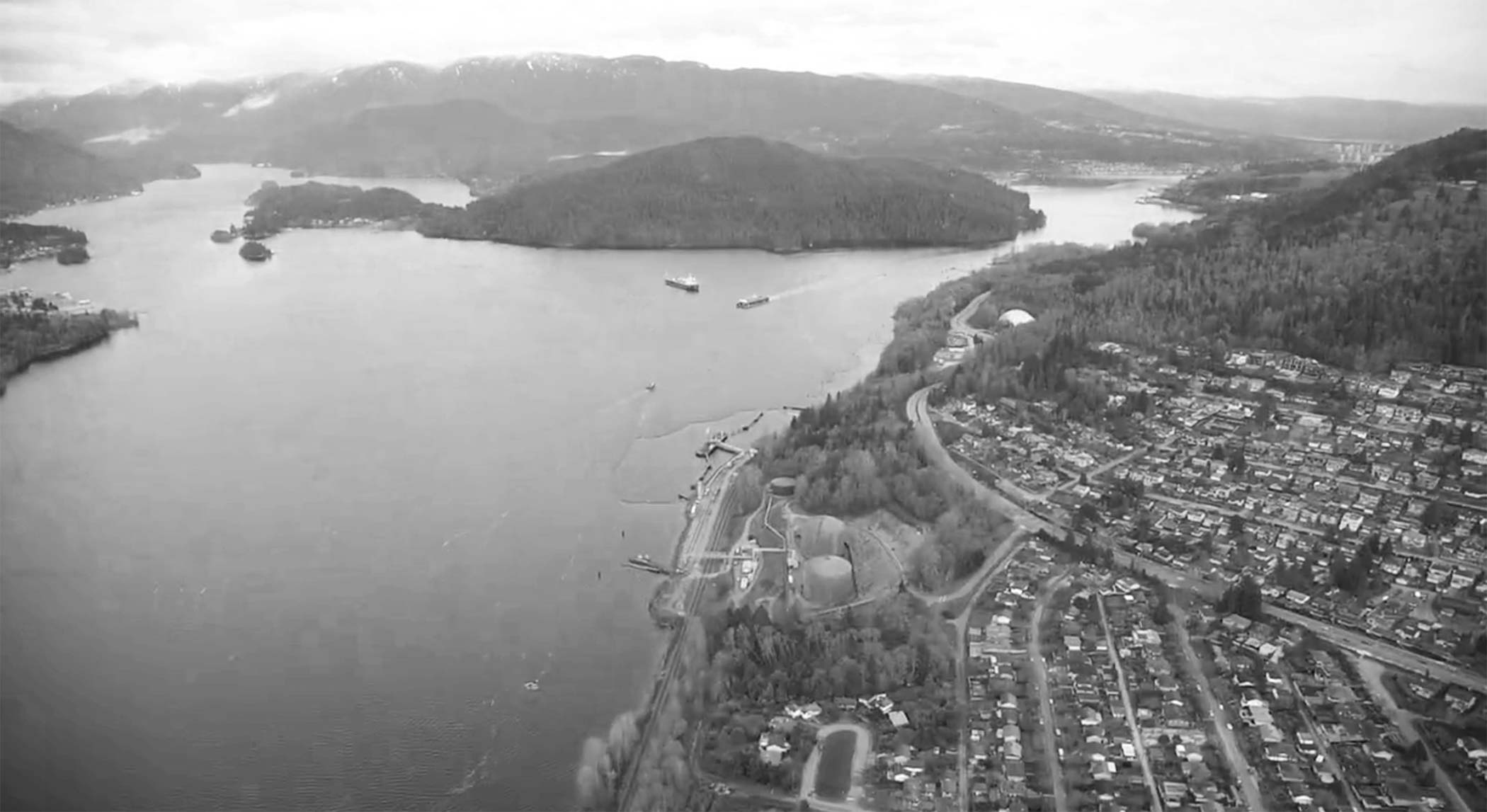Project on Environment, Population and Security, June 1995
by Peter Gizewski and Thomas Homer-Dixon
Summary
Many social, economic, and political problems have accompanied urban growth in the developing world. Will further growth result in violent behavior as expectations of economic improvement and social mobility are dashed? Past theoretical and empirical research on the links between urban growth and violence showed the relationship to be weak to nonexistent. But these past findings may not apply to present and future urban environments. This paper suggests why the future may differ from the past. In particular, it points to factors that may interact with urban growth in the future to lead to a more violent urban experience. These factors include periodic economic crisis, the reduction of state capacity to cope with political challenges, grassroots demands for democratization, and a gradual fading of the rural experience as a basis for evaluating relative economic standing and opportunity.
Does rapid urban growth contribute to urban violence? The story is more complicated than commonly thought. This paper argues that, by itself, urban growth is quite benign. However, in interaction with other factors, such as economic crises and a weak state, urban growth appears much more likely to contribute to violence.Urban growth is continuing, in some places rapidly, and urban size is becoming truly astonishing in some parts of the developing world. Between 1950 and 1990, there was a fivefold increase, to 1.5 billion, in the number of urban residents in developing countries; about 37 percent of the population of the Third World now lives in cities. By 2025, the United Nations projects a further tripling of the total to 4.4 billion, at which point nearly two-thirds of the citizens of the developing world will live in cities.
In the aggregate, cities in the developing world are growing by an estimated 160,000 persons per day. Mexico City, which had a population of 3.1 million in 1950, is projected to reach over 25 million by the end of the 1990s; estimates for São Paulo suggest a population of 22 million by the year 2000 — almost 10 times the 1950 total. While it took New York City almost 150 years to grow by 8 million people, Mexico City and São Paulo will add this number in less than 15 years. In 1970, there were only 3 megacities in Asia with more than 8 million inhabitants; by the year 2000, there will be 17. The number of cities with at least 1 million inhabitants has gone from 31 in 1950 to 180 in the early 1990s and is expected to rise to more than 300 by the end of the century.
Large and dynamic cities offer many benefits to developing societies; social scientists have long recognized that cities provide exceptional opportunities for entrepreneurship, creativity, and the generation of wealth. But a host of intractable problems often accompanies rapid urban growth. Kasarda and Parnell note that these problems include:
. . . high rates of unemployment and underemployment as urban labor markets are unable to absorb the expanding number of job seekers, soaring urban poverty, insufficient shelter, inadequate sanitation, inadequate or contaminated water supplies, serious air pollution and other forms of environmental degradation, congested streets, overloaded public transportation systems, and municipal budget crises.
What effects will urban growth and its consequences have on civil stability, in particular on the incidence of mass violence? This paper addresses this question. First, we briefly review the theory and evidence on the nature of urban violence and the sources of urban growth. We then consider the insights and shortcomings of past research on links between urban growth and violence. This early work, we argue, suffers from oversimplification and narrow focus. Some recent anecdotal evidence suggests that urban growth may contribute to violence as an interactive variable by amplifying the effects of other forces that are potential causes of urban conflict. We identify several such forces that may interact with urban growth to produce a more violent urban experience than existed in the past. In the paper’s conclusion, we discuss future research directions and identify some potential hypotheses that merit close study.






